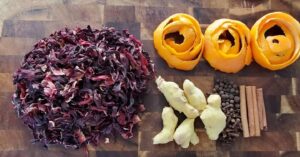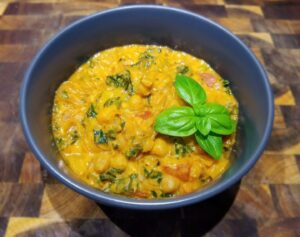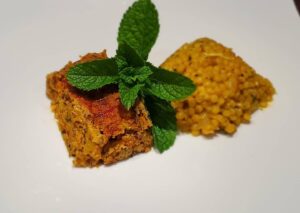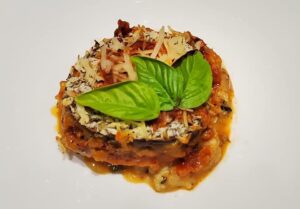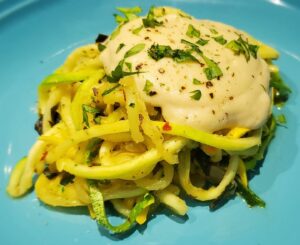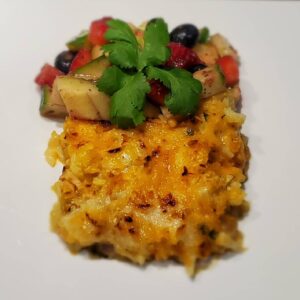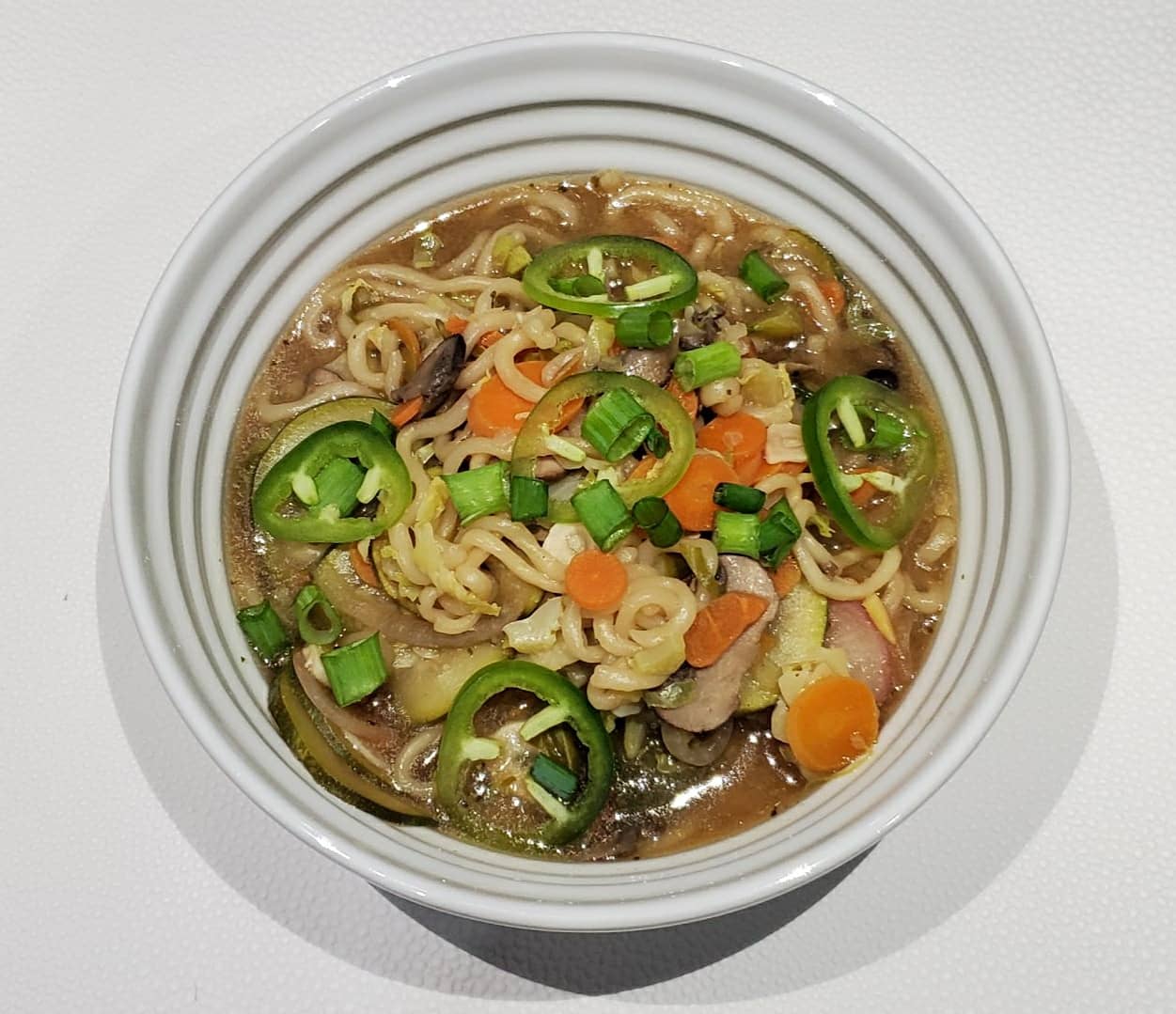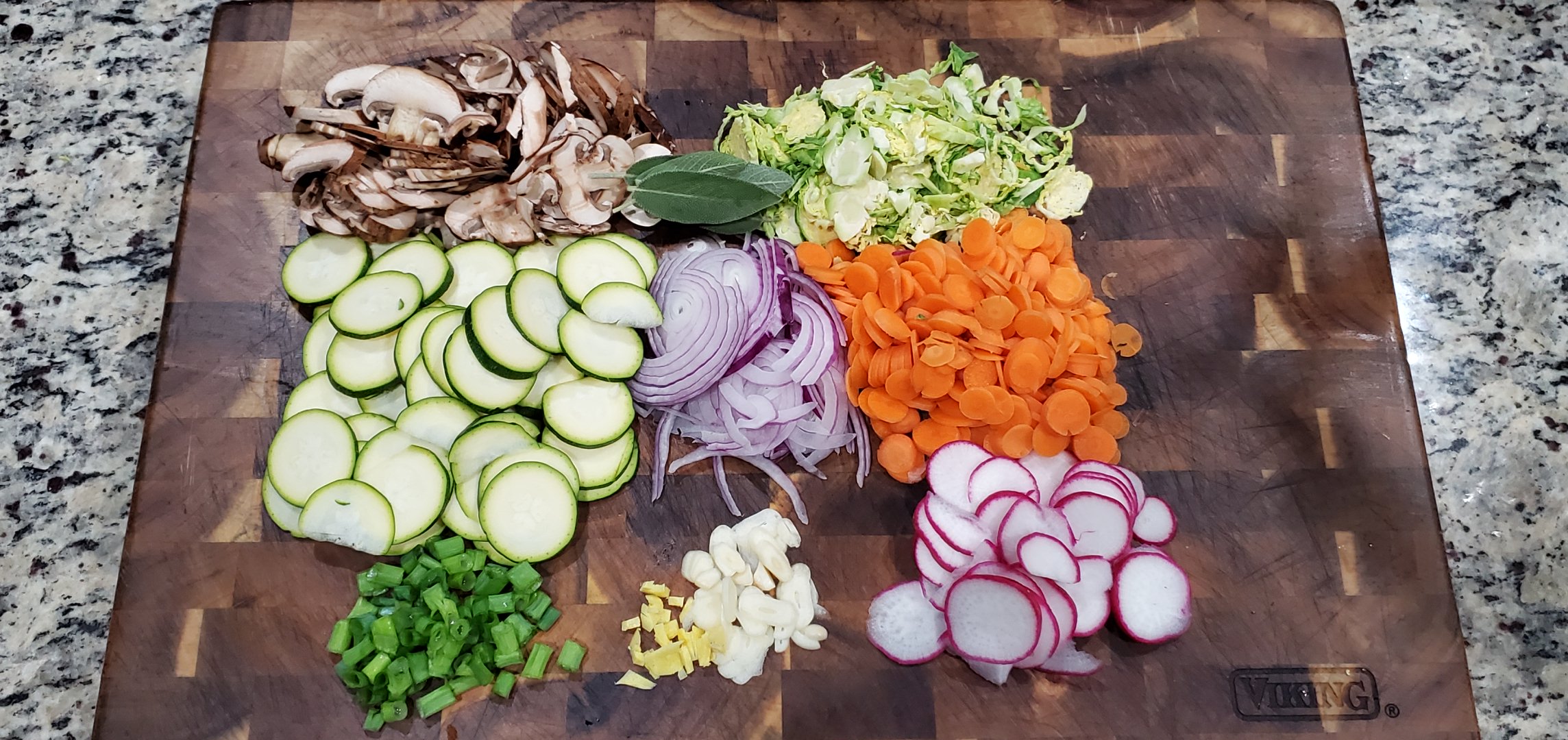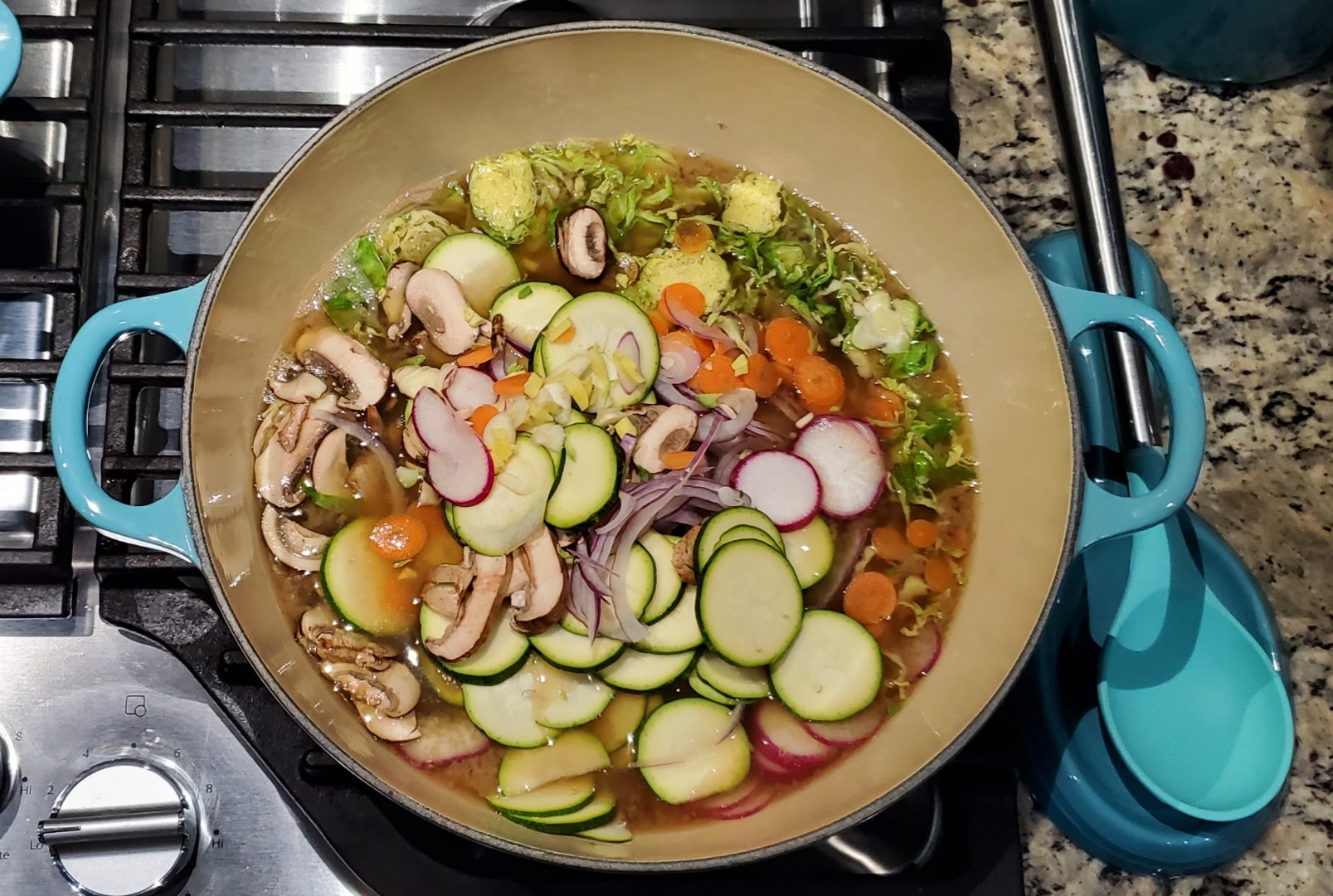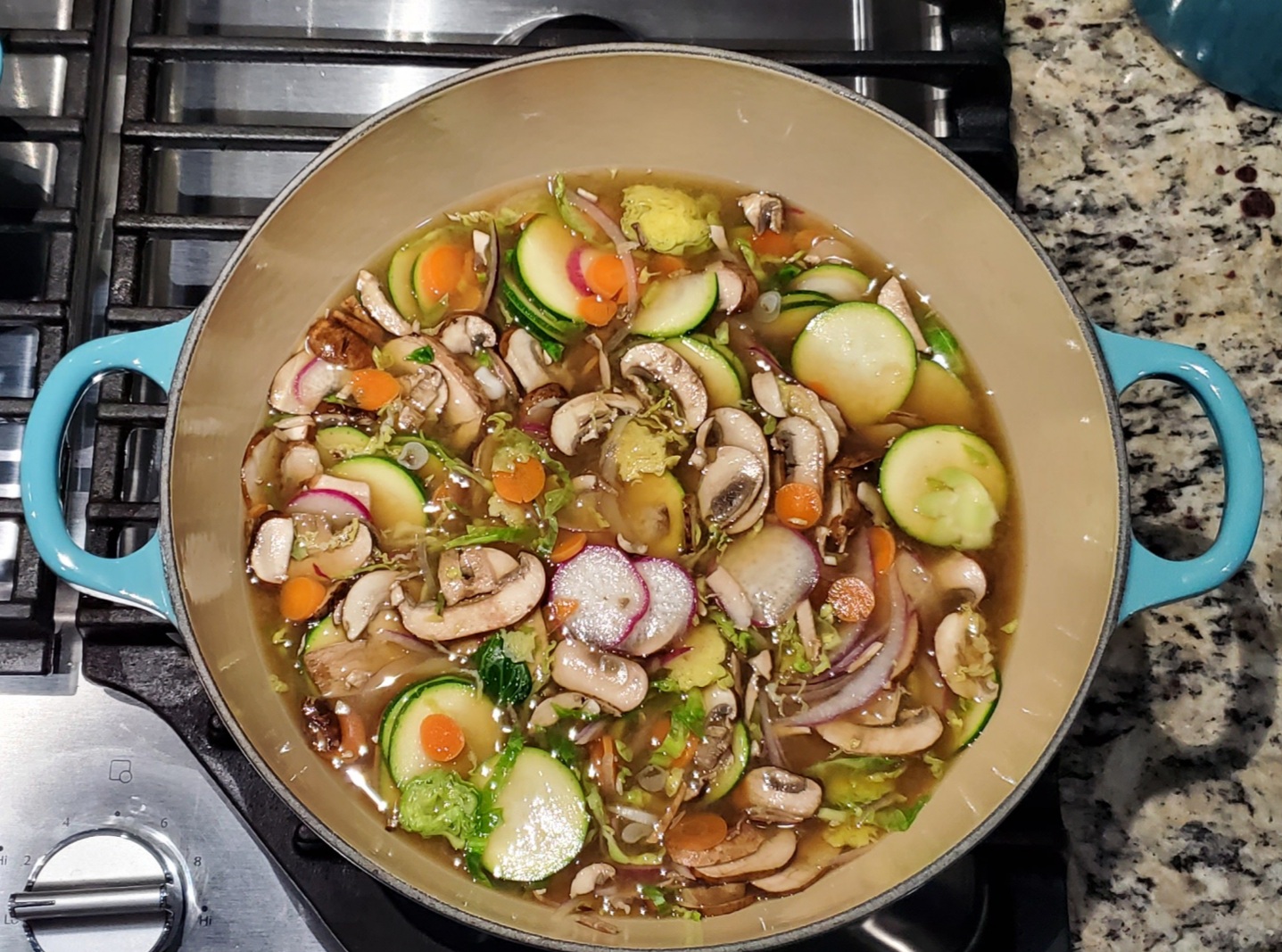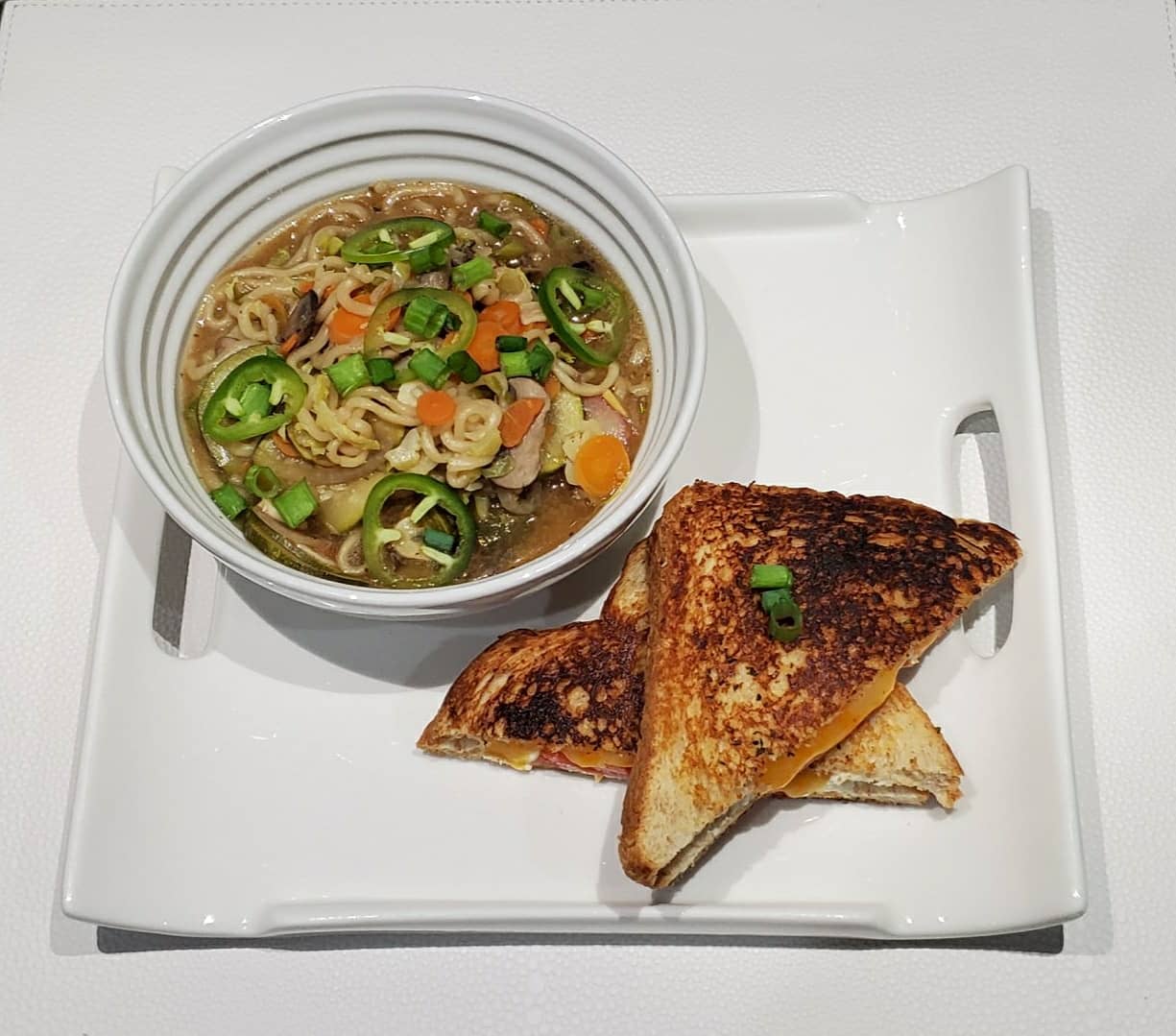It’s a new season that brings about the setting of goals, reflection of past achievements and the making of future plans. And yes, health typically makes it to the top of the list of the things we hope to change for the year to come! The two most important factors that impact health are diet and exercise! Since this column is dedicated to food, let’s direct our focus to diet. Over the past year we have talked about the importance of maintaining a balanced diet, the nutritional content of some healthy food options and even how to grow them! This year will be no different. So today I want to showcase one of my favorite vegetables, beetroots!
Beetroot, as the name suggests, is classified as a root vegetable, and is believed to have originated along the coast of the Mediterranean, as sea beets and was first cultivated for its edible leaves. By the rise of the Roman empire, beets were also cultivated for their roots. In that era, beetroots were used heavily for dyes, teas, medicine to treat fever, constipation, skin disorders and even considered an aphrodisiac. As time progressed, the Romans started to incorporate beetroot into meals such as broths and side dishes made of vinegar, oil and mustard. By the 16th century the garden beet, the beetroot that is very popular today, was cultivated and consumed in Europe.
Beetroot was introduced in North America during a time when sugar cane was restricted by the British and was used as an alternative source of sugar by the Europeans. Today beetroot has become an immensely popular root vegetable and is used in a variety of ways. Beets can be consumed raw or cooked and are usually incorporated in salads, stews, juices, soups, dips, pizzas, and baked goods to name a few. There are several varieties of beetroots, the two most popular being red and golden beets.
Red beets are known for their vibrant deep, red purple hue, which gets even more intense when cooked. They have vibrant green broad leaves, with similar deep purple red veins that are equally appetizing when consumed. The flavor profile of the red beet is unique, with a strong earthy, sweet note, that has a subtle nutty undertone with a hint of bitterness. Roasting or steaming red beets intensifies the sweetness of this root vegetable, with the boldness of the earthy flavor being more pronounced when roasted. Red beets are often used in a variety of sweet and savory dishes including salads, pickles, and baked goods. In addition to their culinary appeal, red beets are also immensely nutritious. They are low in fat and rich in fibers, which aids in promoting a healthy gut. Red beets are also packed with folate, a B-vitamin that plays a key role in promoting cell growth, and a host of minerals such as potassium and manganese which help to regulate blood pressure, support bone health and metabolism. Another notable nutrient found in red beets in immensely high concentrations are antioxidants. Antioxidants are responsible for the intense deep purple red color of red beets and are best at reducing inflammation and oxidative stress in the body.
Golden beets, on the other hand, have a vibrant golden yellow hue, which sets them apart from their red counterparts. Their leaves are also consumable and are broad, bright green in color with golden yellow veins running through the blades. The taste, although just as distinct, offers a subtler flavor when compared to red beets. The degree of earthiness is a bit more mellow, while the sweetness factor is scaled up. Golden beets are a refreshing alternative for those who prefer a milder, sweeter flavor to the robust one of red beets. The culinary versatility of golden beets is also like that of the red ones. They are often used in soups, salads, juices and consumed raw. Like red beets, golden beets are nutritionally dense. They are good sources of dietary fibers, which help to maintain a healthy digestive system and are equally rich in micronutrients and macronutrients. Golden beets also contain high amounts of potassium, folate, and antioxidants. Additionally, golden beets are a good source of vitamin C, which supports the body’s immune system, aids in muscles, blood cells and collagen production.
Beetroots offer a unique flavor to the palate, a burst of color to the plate and is a nutrient rich powerhouse. You will be getting the best of everything by including beets in your diet. No matter which color you choose, red or golden, you will not be disappointed! The question is, how will you be eating your beets?
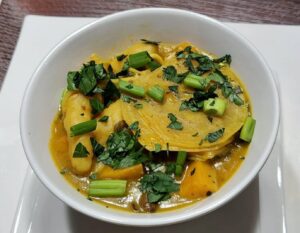
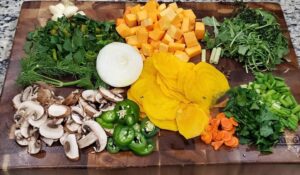
Previously published on the Monitortribune.com on January 20, 2024.


